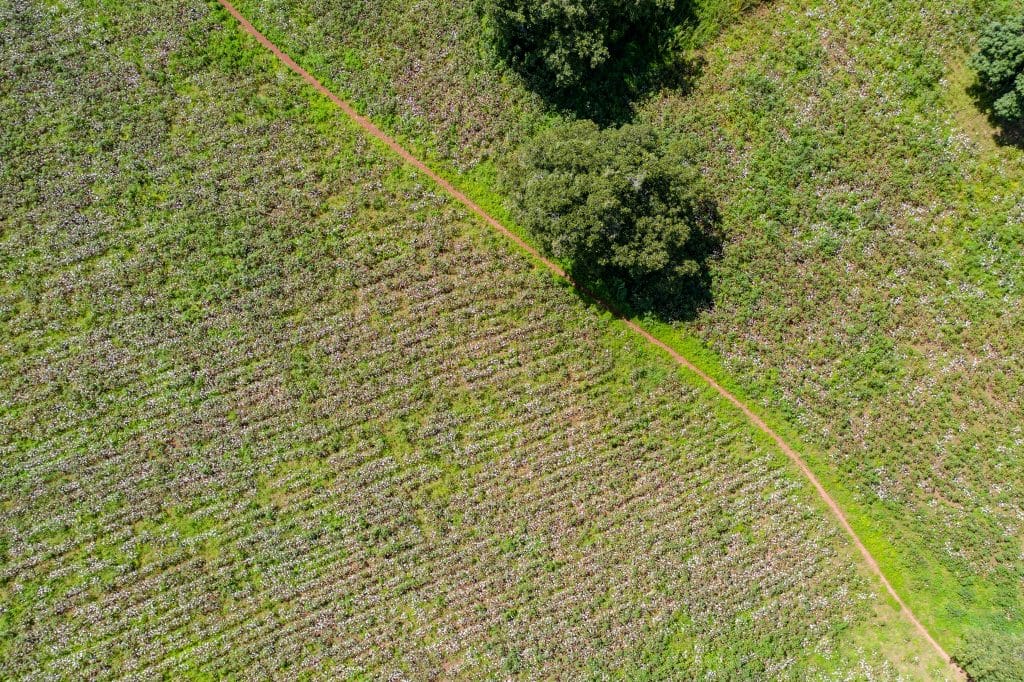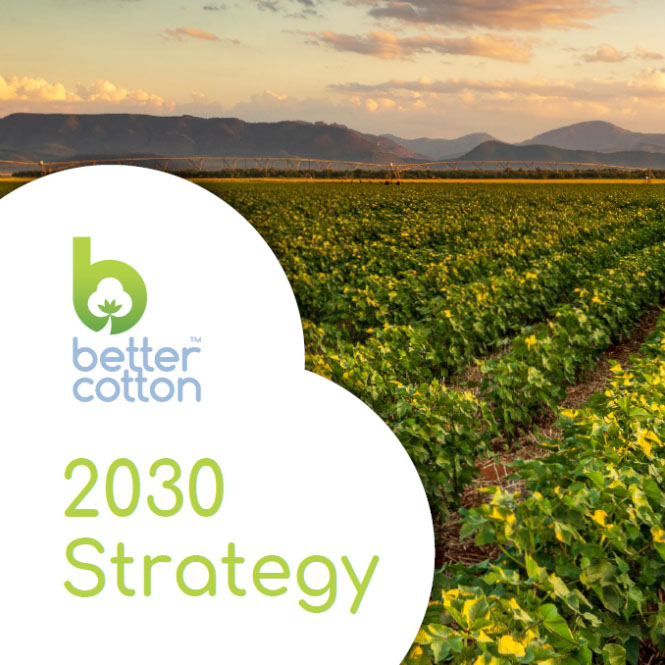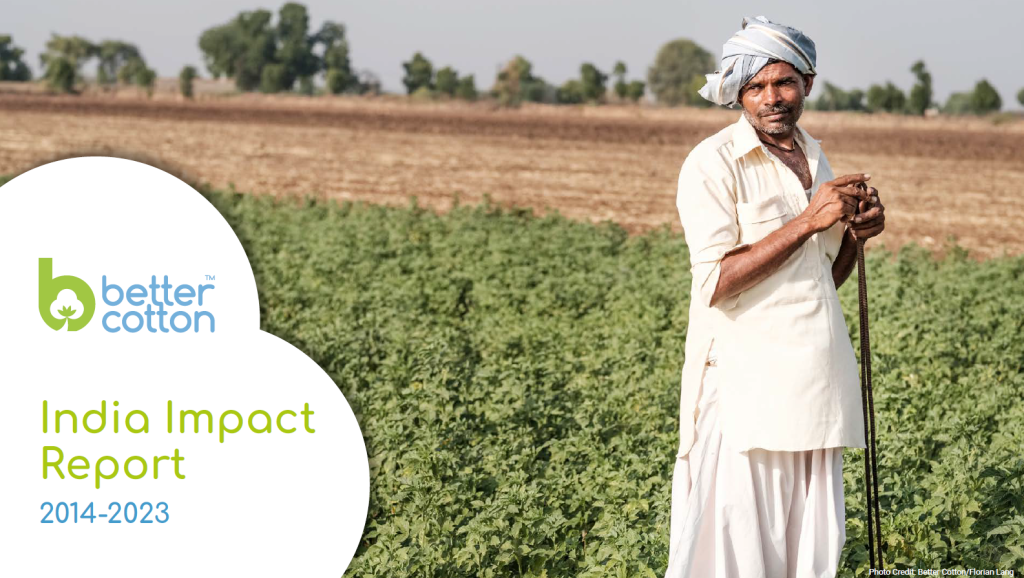- Who we are
- What we do
-
-
-
-
In just over 10 years we have become the world’s largest cotton sustainability programme. Our mission: to help cotton communities survive and thrive, while protecting and restoring the environment.
-
-
-
- Where we grow
-
-
-
-
Better Cotton is grown in 22 countries around the world and accounts for 22% of global cotton production. In the 2022-23 cotton season, 2.13 million licensed Better Cotton Farmers grew 5.47 million tonnes of Better Cotton.
-
-
-
- Our impact
- Membership
-
-
Today Better Cotton has more than 2,700 members, reflecting the breadth and diversity of the industry. Members of a global community that understands the mutual benefits of sustainable cotton farming. The moment you join, you become part of this too.
-
-
- Associate Membership
- Civil Society Membership
- Producer Organisation Membership
- Retailer and Brand Membership
- Supplier and Manufacturer Membership
- Find Members
- Member Monitoring
- Better Cotton Platform
- myBetterCotton
- Resources – Better Cotton Conference 2022
- Complaints
- Whistleblowing
- Safeguarding
- Get Involved in the Better Cotton Programme
- Thank you for contacting us
- Better Cotton’s Data Privacy Policy
- Log in
- Members’ Area
- Request for Proposals
- Better Cotton Cookie Policy
- Web Reference
- Measuring Cotton Consumption
- How to Implement the Chain of Custody Standard
- Resources – Better Cotton Conference 2023
- Certification Bodies
- Latest
-
-
- Sourcing
- Latest
-
-
-
-
The founding premise of Better Cotton is that a healthy sustainable future for cotton and the people that farm it is in the interests of everyone connected with it.
-
-
-
-
-
-
Let us help you find what you’re looking for
Results for {phrase} ({results_count} of {results_count_total})Displaying {results_count} results of {results_count_total}
-
-

Better Cotton has submitted feedback to the United States Federal Trade Commission (FTC) as part of an ongoing review of its Guides for the Use of Environmental Marketing Claims (Green Guides).
The FTC is a bipartisan federal agency of the US government that champions the interests of American consumers. Its Green Guides framework was launched in 1992 to ensure that product sustainability claims made by companies are accurate and substantiated, with guidance updated intermittently to best reflect a modern context.
The guidance made available to companies covers general principles that apply to all environmental marketing claims, including information on how consumers are likely to interpret particular claims and how these can be substantiated, and how marketers can qualify their claims to avoid deceiving consumers.
As part of this latest review, Better Cotton has submitted feedback to ensure that the document considers an agricultural context and what constitutes progress at field-level.
Notably, one of the six components of the Better Cotton Standard System (BCSS) is our Claims Framework, through which we provide support to eligible members to communicate their commitment to Better Cotton in a clear, transparent and credible way.
The ability for Better Cotton Members to communicate about their financial investment in Better Cotton to consumers strengthens their commitment to our farm-level programmes which seek social, environmental and economic improvements for cotton farmers and farming communities.
Better Cotton is supportive of the FTC’s initiative, through its revised Guides, to establish a common framework through which US companies can ensure they communicate their sustainability efforts in a credible, verifiable and accurate manner.
In doing so, businesses benefit from a level playing field and are empowered to continually pursue bolder sustainability targets with the opportunity to relay such ambitions to an increasingly sustainability-conscious consumer base.
That said, to improve the guidance in its current form, Better Cotton considers that the FTC should continue to include examples of substantiation from a range of methods and avoid limiting substantiation to one standard methodology.
Establishing one single method as the standard methodology for the substantiation of claims such as lifecycle analysis (LCA) or product environmental footprints (PEF) would not be appropriate as, to date, there is no standard methodology available that can cover all relevant impact categories for all product types.
Moreover, LCA raises specific challenges when applied to an agricultural context. If this approach is adopted in the revised Guides, some of the most trusted and widely used sustainability schemes and their labels would effectively be unable to provide environmental marketing claims for their members.


